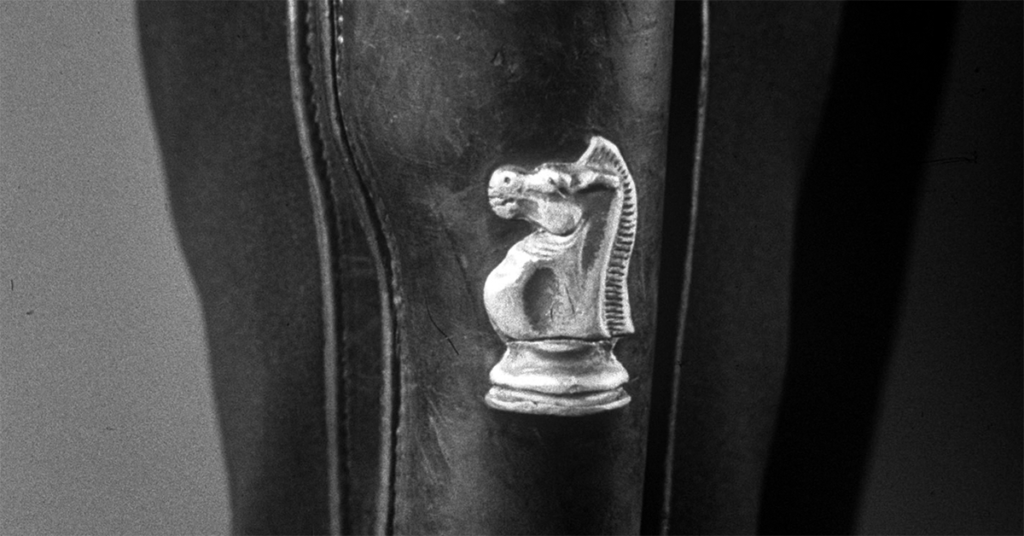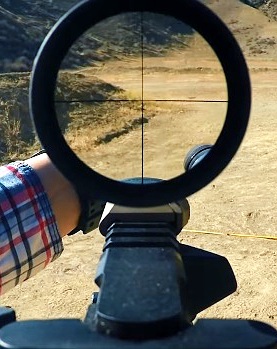
Traveling? Moving? Passing through?
If you are accustomed to carrying firearms, this can be scary. Every state has different laws, and you can’t stay current on all of them. I’ll discuss how to travel with your firearms safely and legally.
Introduction
Nothing here is meant as legal advice. This is simply a collection of information available at the time of this writing and is always subject to change.
Interstate transport of firearms in the US is not heavily regulated, and there are protections in place for legal owners to move their weapons across state lines for legal purposes.
The inadequately respected 2nd Amendment is the foundation of your right to travel with firearms. More clearly, 18 U.S. Code § 926A: ‘Interstate transportation of firearms’ protects someone passing through even states which would not otherwise allow you to possess them, so long as your possession is legal in your destination. (Some states like New Jersey are extremely strict even about meal stops so it is best to plan no stops there at all.)
Concealed Carry Reciprocity
If you plan on traveling with handguns, your concealed carry permit can simplify things. Even if your home state allows permitless carry, it can be useful to have one when in states that reciprocate.
A handgun can remain loaded while carried in those states. Otherwise, its ammunition must be packed separately.
Check out state to state reciprocity maps like these that will give you the current run down on carrying in other states, what protections you have and what precautions to take.
Avoid Trouble On the Road
Familiarize yourself with state and local laws where you will be traveling and for your destination. Once you have completed your trip, these are the regulations that you must abide by.
When transporting a firearm (except when carrying legally concealed under state law), it should be unloaded and locked in a case, and as inaccessible to the driver or passengers as possible. If you carry ammunition, it must be in a separate locked compartment. Even a portable gun safe doesn’t allow you to keep the firearm and the weapon together.
The more layers of distance these are from you, the better. In the trunk (or a locked box in a pickup bed) is ideal; in the interior cargo area of an SUV or an open bed pickup is acceptable.
If you can make the trip without ammunition and it can be simpler just to buy it when you arrive. Ammunition, like guns, isn’t allowed in carry-on luggage on commercial aircraft (it must be checked in a locked container separate from the firearm[s]).
For me, a locked ammo can with ammunition and my normal firearm case, also locked, work well.
The important takeaway is that the ammo and the firearm must be separated, and in general both should be inaccessible.
Different Stroke for Different States
Some localities carry special restrictions. For more on this, the NRA website on state gun laws has up to date information. Here are some gems:
- Hawaii requires all firearms entering the state to be registered
- New Jersey has very strict rules for firearm transport; avoid that state if possible.
- New York state permits are void in New York City; be very cautious.
Each state has its own regulations about where you may or may not carry, how firearms must be secured in a vehicle, and whether you are required to notify officers during a routine traffic stop that you are carrying a weapon.
Study other states’ laws carefully before traveling, just as you studied your own state’s to obtain your permit. Your state’s rules don’t apply once you leave it.
Firearms on Planes
Travelling with firearms by air may seem intimidating, but it is actually pretty straightforward.
Ensure that it is unloaded. And check all your baggage for loose ammunition, as that is strictly prohibited.
The firearm must be locked in a hard case of some sort. I’m not talking about a TSA lock here, but a good secure lock, for which only you have the key or combination.
The firearm must be declared and checked in. That means, tell the person at the check-in counter that you are bringing a firearm (not “I’ve got a gun!”) and where it is. Occasionally, TSA may pull you aside and ask you to open the case so they can verify the contents. Comply happily, but be sure to lock the case and your bag before you leave it. Obviously, plan to show up early.
Stay alert. Rarely, someone will come looking for you regarding your firearm(s), so listen for your name and keep your key with you at all times. If the bag requires another inspection, and they can’t find you, it doesn’t fly.
Double check your airline’s specific regulations before you fly. Rules can change.
In Conclusion
It’s good practice when making travel plans to check what rules may have changed on your route and means of travel. There are some very good websites that will tell you more: TSA’s is here, USCCA’s is here, NRA’s is here. Fore example, the USCCA site makes recommendations for a number of documents to bring along. When in doubt though, contact a lawyer and/or law enforcement agency in the locality in question for specific information.
There are far too many details about traveling with firearms to cover in one article, but these are the basics of how to proceed safely and legally.
.
.
—Richard Douglas founded Scopes Field, reviewing different scopes and guns on the market. He’s a strong 2nd Amendment advocate and believes in science-backed gun solutions to our nation’s biggest problems.

